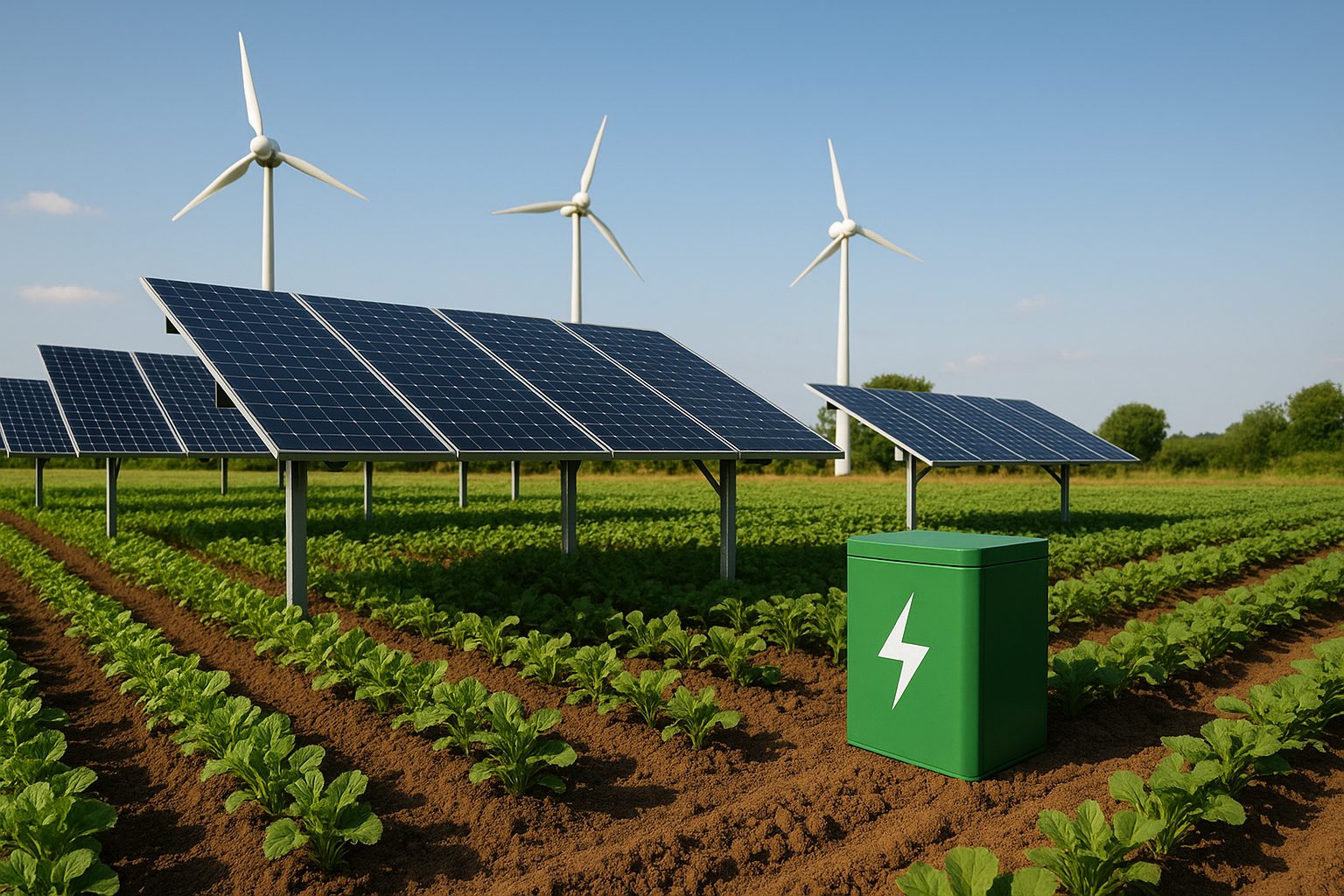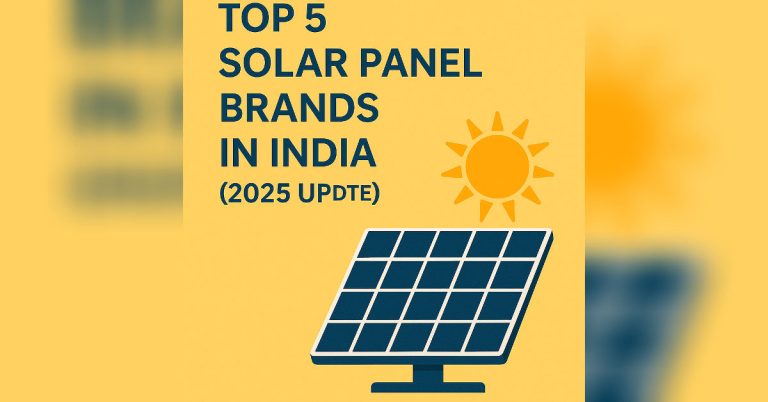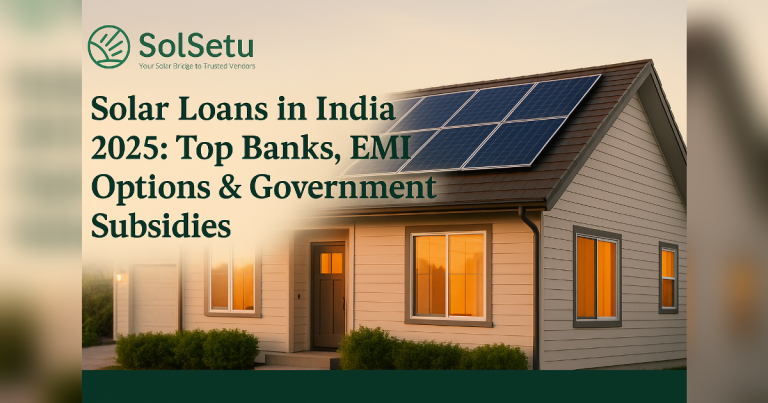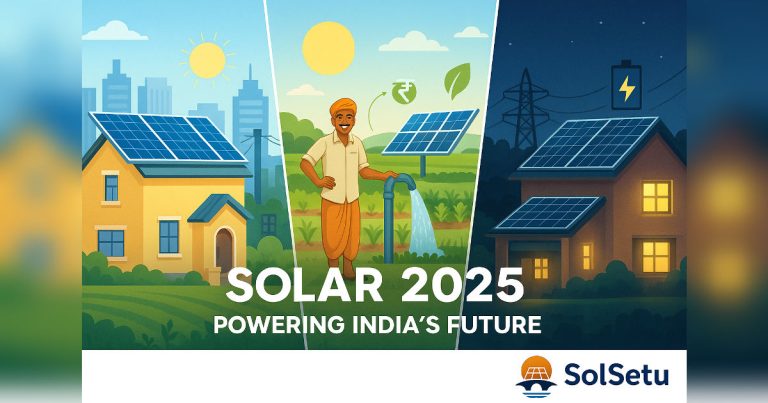Hybrid Agrivoltaics: Combining Solar, Wind and Storage for Smallholder Farms — SolSetu
Hybrid Agrivoltaics: Combining Solar, Wind and Storage for Smallholder Farms

A modular approach that stacks low-tilt solar canopies, micro-wind turbines and compact battery storage offers a promising pathway to electrify smallholder farms while preserving crop productivity and creating new revenue streams.
On small farms, land is both livelihood and capital. Traditional ground-mounted solar can be at odds with cropping; agrivoltaics — mounting PV above crops — is a partial solution. But agrivoltaics combined with small wind turbines and local storage can smooth seasonal variability, meet irrigation and processing loads, and increase farmers’ cashflows through direct use and modest grid or cooperative sales.
How the hybrid system works
The core idea is simple: install low-height solar canopies (height and spacing adapted to crop type) to generate daytime electricity, deploy small vertical-axis or low-cut-in horizontal micro-wind turbines around field edges for generation during low-insolation periods, and add a compact battery system sized for evening irrigation or processing peaks.
Operational logic prioritises on-farm loads (pumps, cold storage, dryers) while using any surplus for monetisation — either via a local cooperative offtake, a net-metering export (where available), or selling to nearby villages. Storage is used for short-duration firming (2–6 hours) and for peak shifting during evening demand.
“A farm-level mix of PV + micro-wind + storage increases the system capacity factor and reduces seasonal revenue volatility compared with PV alone.”
Benefits for smallholders
- Higher land productivity: By combining crops with solar canopies, farmers can derive energy value while maintaining — and in some cases improving — microclimatic conditions for crops.
- Energy resilience: Access to reliable power for irrigation and processing reduces diesel use and lowers operational cost.
- Income diversification: Value-added processing (drying, milling, cold storage) raises farm gate returns, making the energy system bankable.
- Lower LCOE at small scale: Small wind helps during early mornings, monsoon clouds and winter low-sun months, improving capacity utilisation.
Design considerations & farmer participation
Success depends on co-design: agronomists must determine canopy height, spacing and crop suitability; mechanical engineers must select wind turbines with low noise and bird-friendly designs; and financiers must create seasonal repayment instruments that match harvest cycles.
Community aggregation (forming cooperatives across clustered plots) improves economies of scale for inverters, battery systems and maintenance contracts. Training and simple O&M guides are essential so farmers can operate basic maintenance themselves and call local technicians for more complex issues.
Pilot blueprint
We recommend a 12-month pilot in a horticulture cluster covering 10–25 contiguous small plots with these components:
- Low-tilt solar canopies sized to produce daytime irrigation and processing loads (5–30 kW per plot, aggregated)
- Micro-wind turbines at field boundaries (1–3 kW units), selected for low maintenance
- Modular battery storage sized for short-duration firming (2–6 hours) and peak shifting
- Monitoring: weather station, yield sensors, and energy meters to track productivity and economics
Measure: crop yield, energy production, diesel replacement, revenue from value-added processing, and farmer satisfaction. Use results to refine financing and replication playbooks.






